Public hanging: 'Worshipful' wardrobe, by Paul Helbers and Smallbone
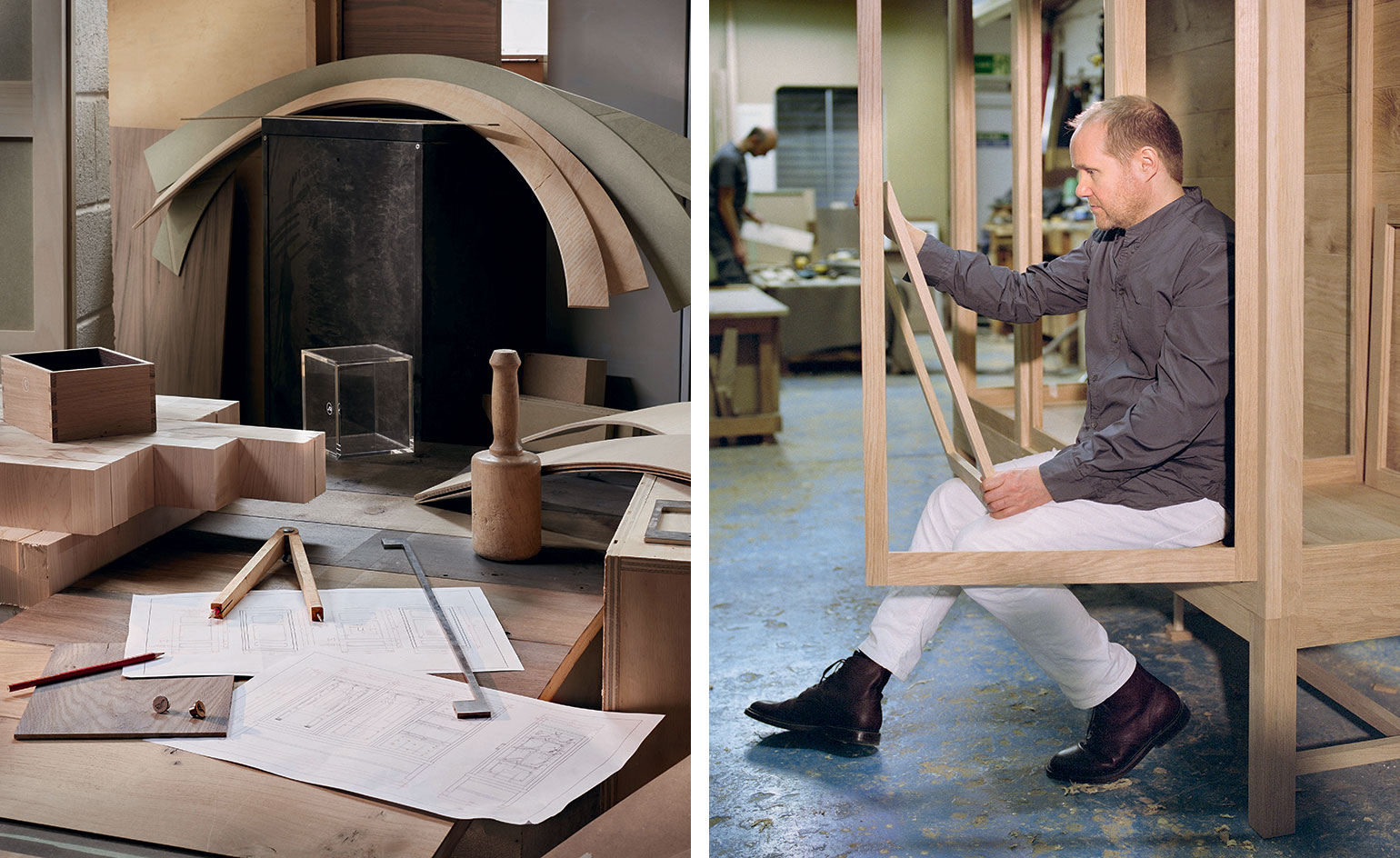
Paul Helbers likes to make daily dressing effortless. He has a fascination with everyday workwear and his eponymous label, launched in January 2016, mixes athleisure and tailored pieces in luxurious fabrics. Now our Handmade brief has allowed the Dutch designer, who has headed up menswear at Maison Margiela and Louis Vuitton, to take his passion further. His see-through closet allows you to take in your wardrobe at a glance, without even opening it, helping you select the perfect outfit every morning.
‘The wardrobe is built on a pedestal and puts your clothes on display, like in a museum,’ says Helbers. Crafted by the British cabinetmaker Smallbone using oxidised English oak and featuring transparent doors in clear polished acrylic, the design subverts the concept of concealed domestic storage, bringing a vision of everyday clothing to the forefront. ‘I like to think of it as a treasure reservoir,’ he adds. ‘The wardrobe’s transparency and serene appearance guides you calmly through your clothing options. Whether your clothes are colourful or minimal, dark or baroque, its simple shape will articulate their display.’
Helbers is used to working with a host of skilled artisans to produce the materials in his own collections, so his collaboration with the West Country-based Smallbone was a pleasing match. Founded in 1978 and now owned by London-based company Canburg, the brand is a leader in fitted British furniture, its joiners working by hand in the small market town of Devizes, where they devoted more than 500 hours to the construction of the wardrobe. ‘Paul’s grasp of the practicalities and challenges of manufacturing was evident,’ says Iain O’Mahony, director of special projects at Canburg.
From mélange wool to pebble-grain leather, fabrics in Helbers’ current, A/W17 collection have a well-worn patina. The oak used to create the wardrobe’s frame has a similar weathered quality, evoking the colours of driftwood. ‘The palette was set by Paul, to capture his fascination with the honesty of driftwood,’ O’Mahony says. ‘The oxidising treatment is a hand-applied process that we developed to capture his aesthetic intent.’
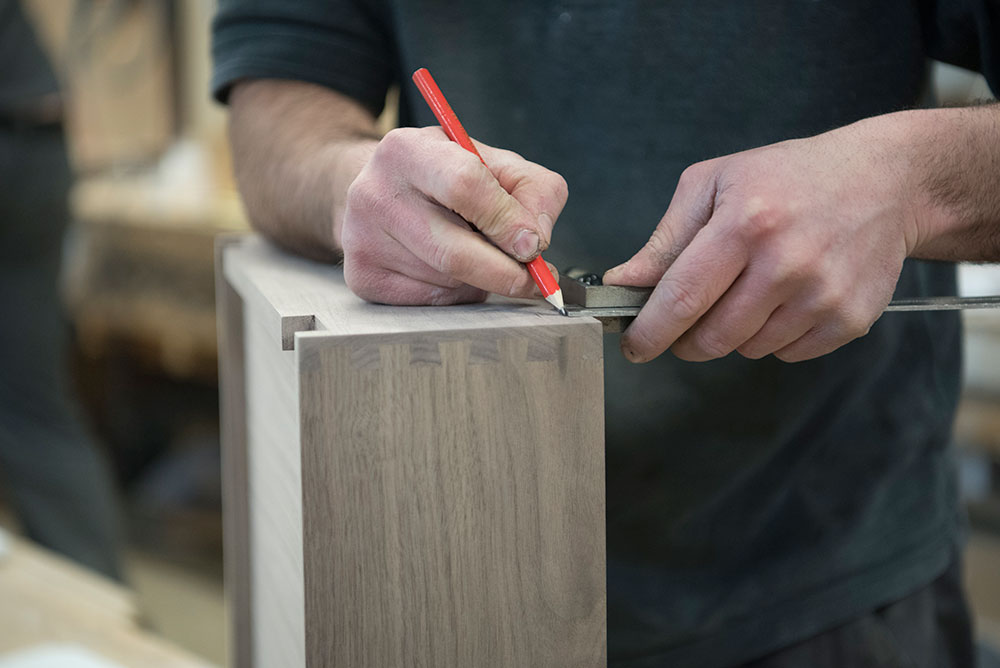
A detail of the discreet joinery used in the 'Worshipful' wardrobe's design
Adds Helbers, ‘Throughout the design, the grain of the wood is assembled in different directions. It evokes a fabric-like quality.’ The transparent, polished acrylic panels that make up the wardrobe’s doors, along with the linear door handles and shoe-bars crafted in satin-finished stainless steel, offer a smooth contrast to the open-grained frame. ‘We looked to the film industry for guidance on how to use acrylic as a construction material,’ says O’Mahony.
Clean lines were paramount in the wardrobe’s construction. The doors were made using discreet tenons (joints) and a concealed hinge, sourced from Japan. Their mounted acrylic panels were fixed using brushed stainless-steel captures. ‘The doors hold the only element of embellishment, inspired by post-war brutalist church architecture, where mouldings were created in unconventional materials,’ Helbers says.
The wardrobe’s interior is just as considered. Clothing is hung on custom-made timber coat hangers, and accessory boxes come in a combination of dovetailed oak and precision-mitred acrylic, with minimalist rebated lids. A lighting extrusion, developed by Smallbone, sits discreetly within the design and casts tuneable LED lighting back into the piece, illuminating its contents. ‘The concept can be extended, simplified or elaborated,’ Helbers says. ‘But the real remaining question is, are your clothes ready to be exhibited?’
As originally featured in the August 2017 issue of Wallpaper* (W*221)
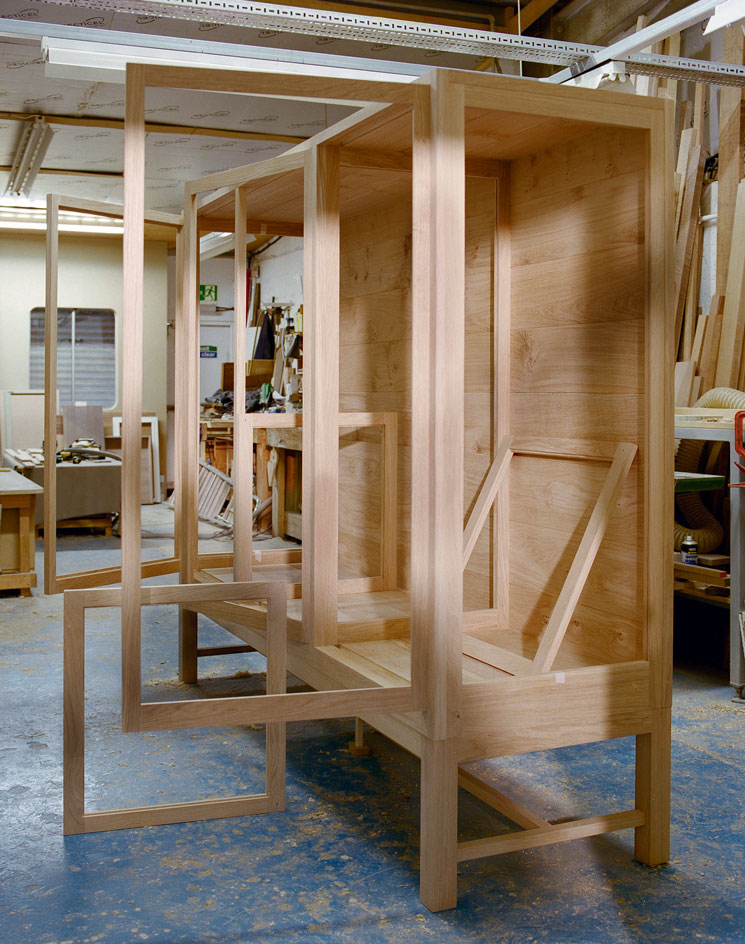
The wardrobe's frame is designed to hold clear acrylic panels, leaving the contents on show
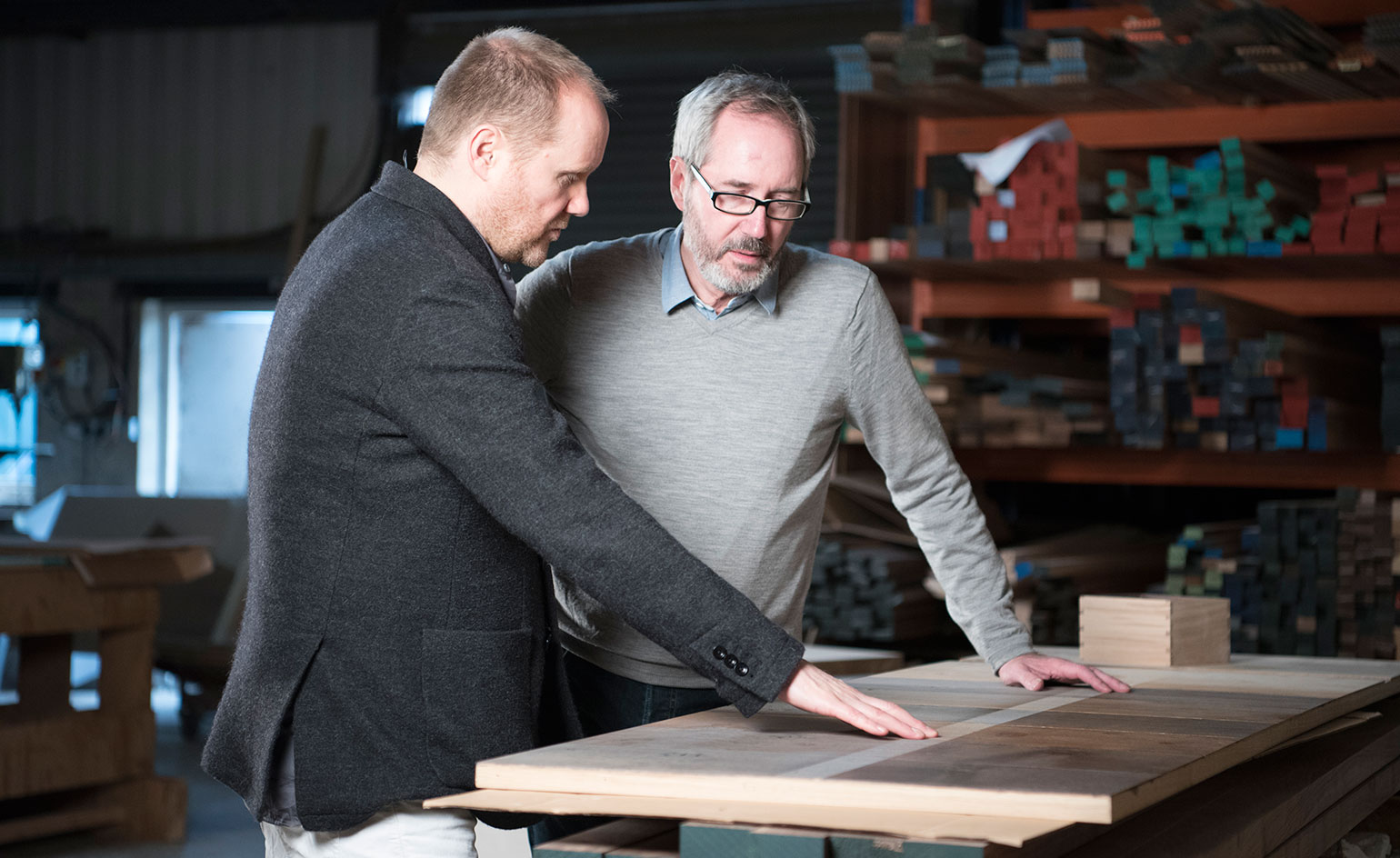
Helbers and Iain O'Mahony discuss the driftwood-like patina for the oak, which Smallbone created using an oxidising process

Wood supplies at Smallbone’s workshop
INFORMATION
For more information, visit the Helbers and Smallbone websites
Receive our daily digest of inspiration, escapism and design stories from around the world direct to your inbox.
-
 Inside Christian de Portzamparc’s showstopping House of Dior Beijing: ‘sculptural, structural, alive’
Inside Christian de Portzamparc’s showstopping House of Dior Beijing: ‘sculptural, structural, alive’Daven Wu travels to Beijing to discover Dior’s dramatic new store, a vast temple to fashion that translates haute couture into architectural form
-
 A music player for the mindful, Sleevenote shuns streaming in favour of focused listening
A music player for the mindful, Sleevenote shuns streaming in favour of focused listeningDevised by musician Tom Vek, Sleevenote is a new music player that places artist intent and the lost art of record collecting at the forefront of the experience
-
 Take a tour of the 'architectural kingdom' of Japan
Take a tour of the 'architectural kingdom' of JapanJapan's Seto Inland Sea offers some of the finest architecture in the country – we tour its rich selection of contemporary buildings by some of the industry's biggest names
-
 How 2024 brought beauty and fashion closer than ever before
How 2024 brought beauty and fashion closer than ever before2024 was a year when beauty and fashion got closer than ever before, with runway moments, collaborations and key launches setting the scene for 2025 and beyond
-
 This auction gives you a chance to snap up rare Maison Martin Margiela
This auction gives you a chance to snap up rare Maison Martin MargielaThe largest ever auction of Martin Margiela’s work at his eponymous maison, collectors will be able to bid on 270 items from 1988-1994, from rare clothing to sketchbooks and ephemera
-
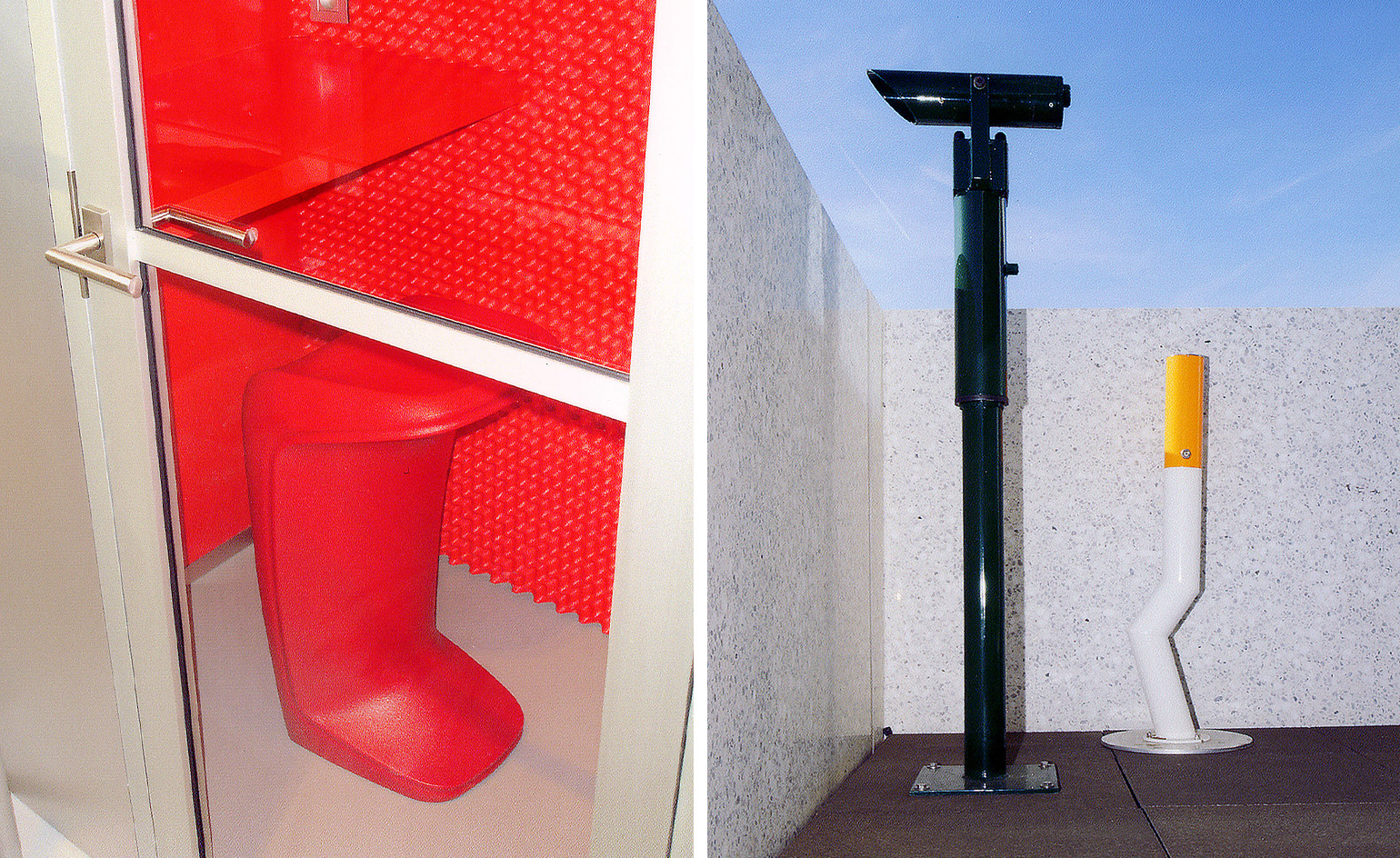 Stephanie D’heygere swaps fashion for design with surreal, pop architecture-inspired Antwerp office
Stephanie D’heygere swaps fashion for design with surreal, pop architecture-inspired Antwerp officeStephanie D’heygere of Paris accessories label D’heygere brings her playful eye to ‘Officeland’, a co-working space in Antwerp filled with supersized objects in ode to Claes Oldenburg and American pop architecture
-
 Documentary ‘High & Low’ charts the rise, fall and redemption of John Galliano
Documentary ‘High & Low’ charts the rise, fall and redemption of John Galliano‘High & Low: John Galliano’ (released today) dissects the designer’s showstopping contributions to fashion against the backdrop of his turbulent life. Here, director Kevin Macdonald tells Wallpaper* more
-
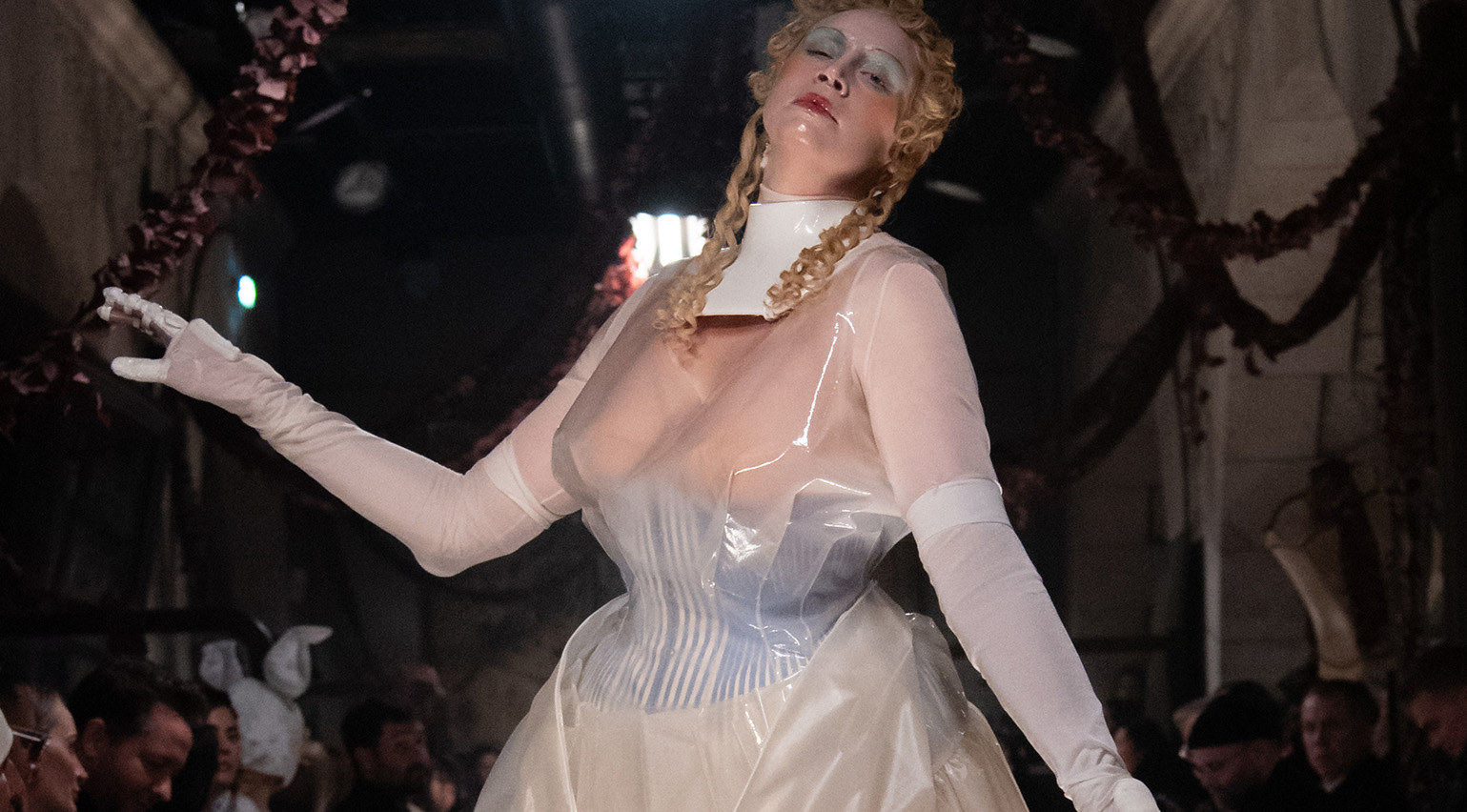 Haute Couture Week S/S 2024: Fendi to Maison Margiela Artisanal
Haute Couture Week S/S 2024: Fendi to Maison Margiela ArtisanalHaute Couture Week S/S 2024 took place in Paris this week, representing the pinnacle of French style and savoir-faire in some of the season’s most opulent runway presentations
-
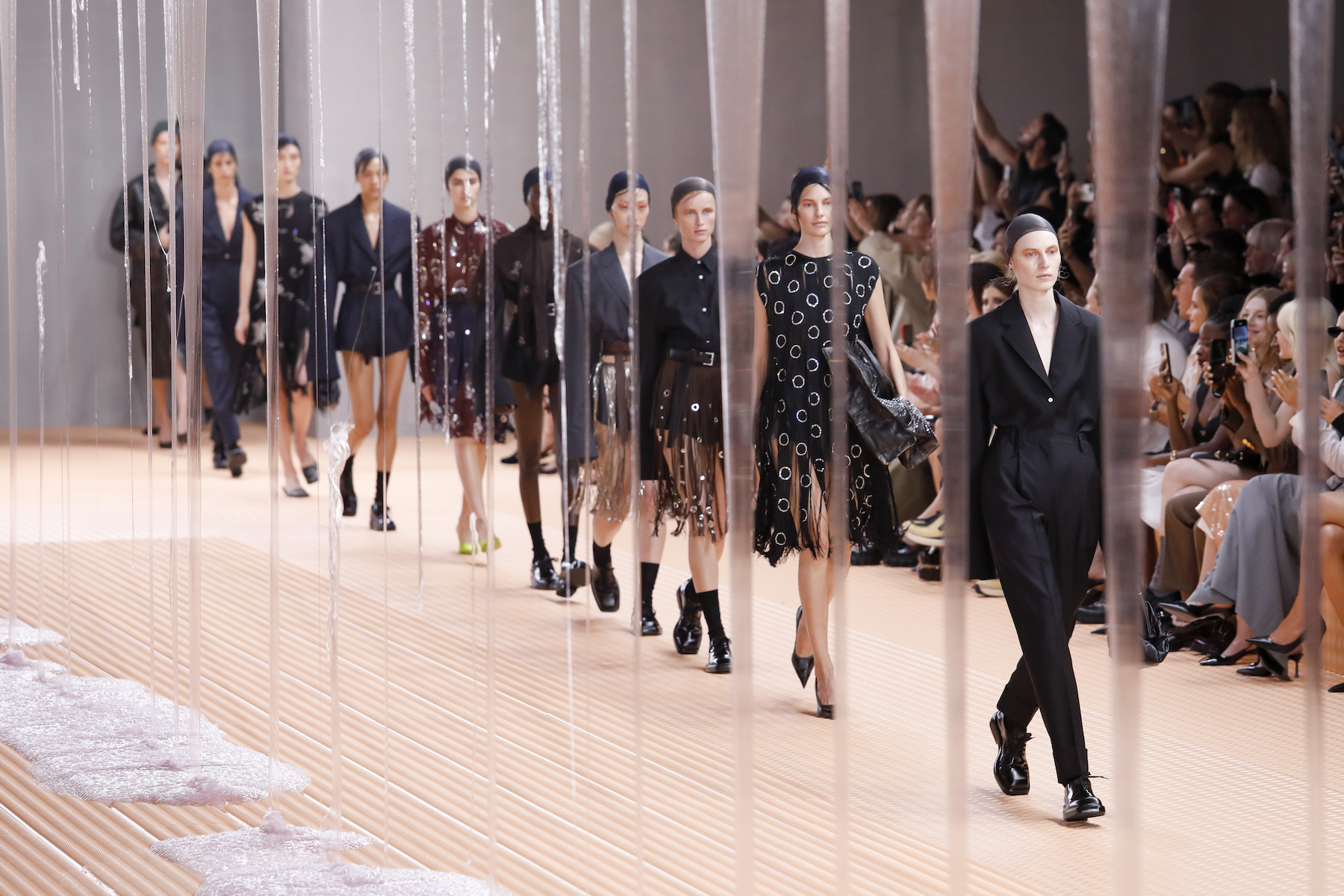 Dripping slime, bedhead hair: 2023 fashion highlights, as picked by the Wallpaper* team
Dripping slime, bedhead hair: 2023 fashion highlights, as picked by the Wallpaper* teamThe Wallpaper* style and beauty team picks their 2023 fashion highlights, from curtains of slime at Prada to bedhead hair at Miu Miu, and Pharrell Williams’ Paris shutdown for his Louis Vuitton debut
-
 The Miami exhibition unpacking Martin Margiela’s elusive fashion legacy
The Miami exhibition unpacking Martin Margiela’s elusive fashion legacy‘Margiela: In the Void’ – curated by Byronesque and the Parodi Costume Collection – is a rare look at Martin Margiela’s fashion oeuvre, one that revels in the incompleteness of the archive
-
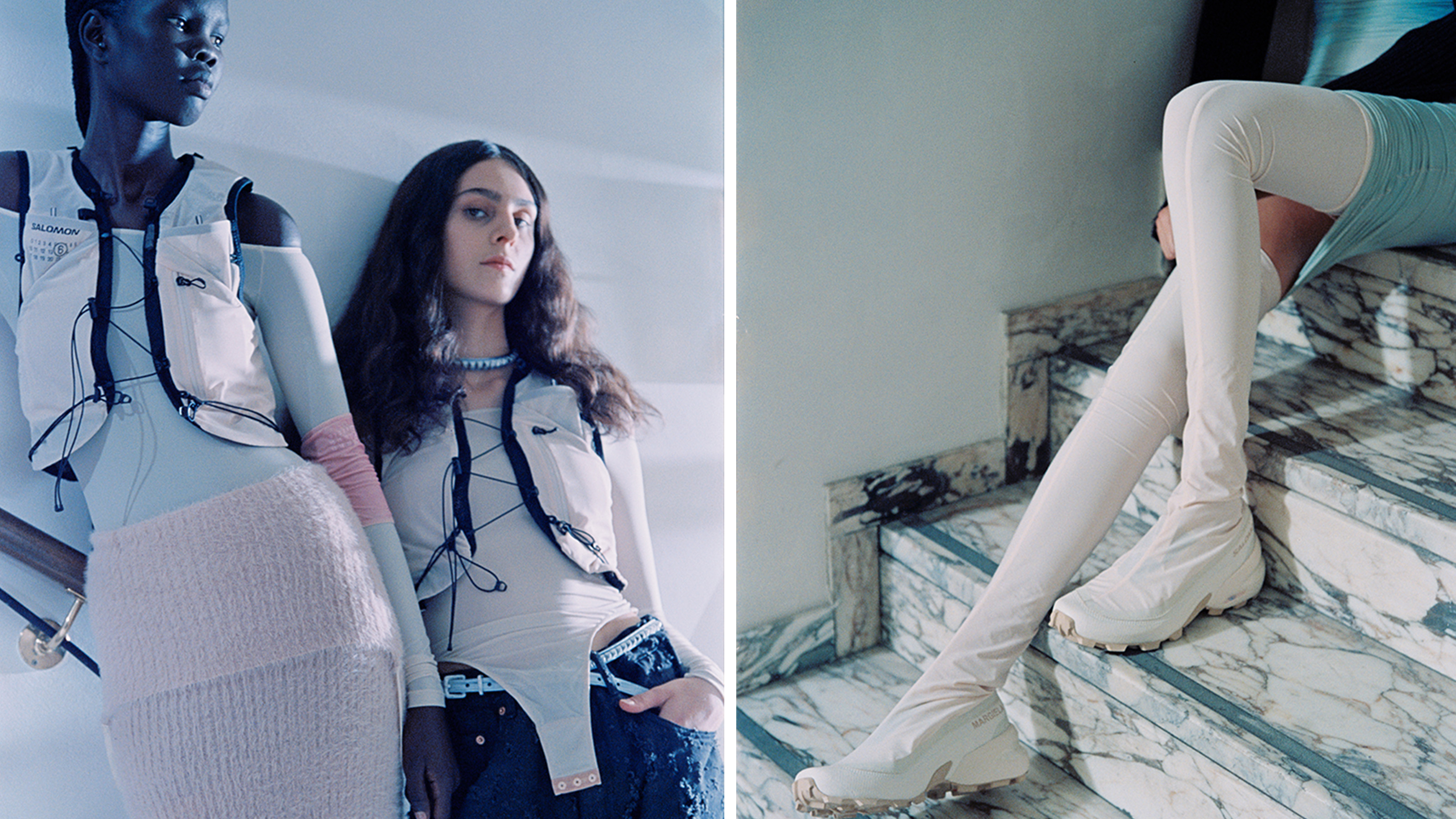 MM6 Maison Margiela and Salomon’s latest collaboration melds performance-wear and fashion
MM6 Maison Margiela and Salomon’s latest collaboration melds performance-wear and fashionBuilt on ‘mutual appreciation’, MM6 Maison Margiela x Salomon’s latest collection is an amalgam of each brand’s distinct approach to design